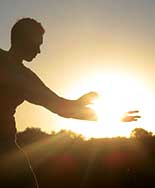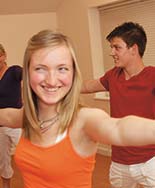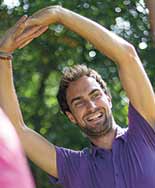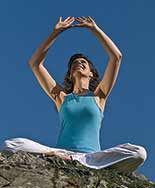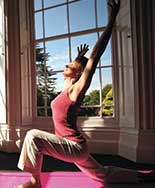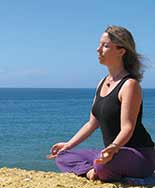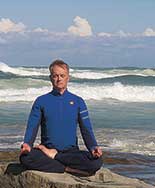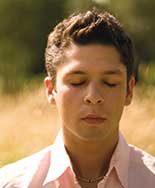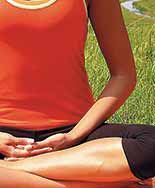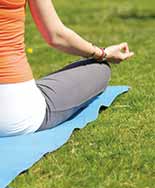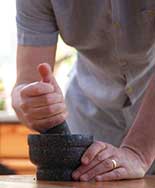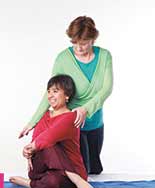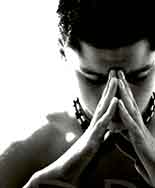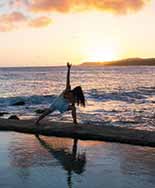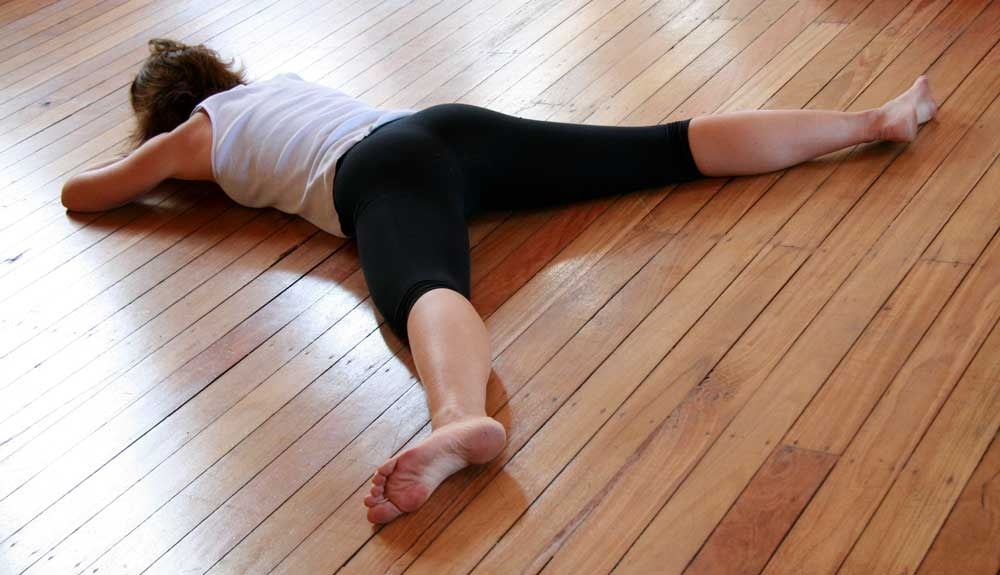
Poor posture is the cause of approximately 90% of neck and back problems, resulting in weakness in the postural muscle groups particularly around the trunk, shoulder blades and neck.
Recent research has shown that many people who have had episodes of lower back pain still have significant muscle weakness many months after the pain has gone. This tends to be in the deep stability muscles, including transversus abdominis and lumbar multifidus.
The Complete Spinal Alignment Sequence is an effective sequence of movements to strengthen these deep postural muscles. It can, therefore, help to eliminate spinal pain resulting from faulty posture, as well as to maintain strength and health in the spine of any individual. This preventative action is especially important nowadays when we spend so much time sitting in chairs and in cars.
We recommend you use this complete spinal alignment sequence on a daily basis for 6–8 weeks if you want to strengthen your back muscles, and thereafter 1–3 times a week as a maintenance programme. Please follow the guidelines to gain the most from this sequence. If any movements are too painful for you to perform, visualise them instead.
It is essential to perform this sequence with the core stability muscles engaged. Take a few moments before each movement to refresh your core stability.
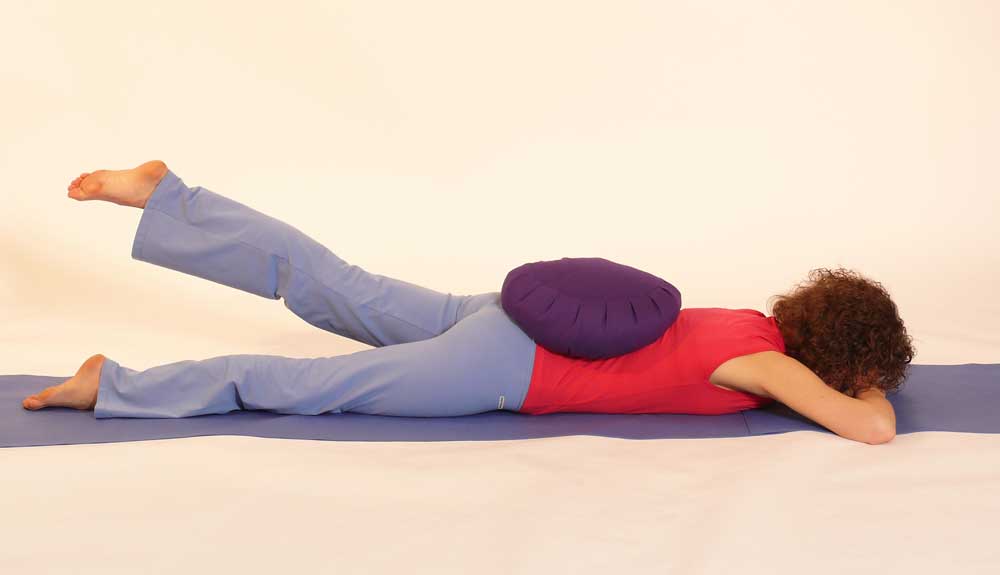
COMPLETE SPINAL ALIGNMENT SEQUENCE
- Lie on your front with your arms by your sides and head in the centre with forehead on the floor. You may wish to place a folded blanket under your forehead for added comfort. Keeping the back of your right hand on the floor, slowly lift the front of your right shoulder and upper arm off the ground 3–4 cm. Keep your awareness on your shoulder blade, gently trying to draw the bottom corner down and in towards the spine. Hold for 5 seconds and relax. Repeat on the left side, and then twice more on each side.
- Now place your right palm face down beside your head. Again take your awareness to the shoulder blade and lift your hand and forearm a few centimetres off the floor. Imagine your lower trapezius muscles contracting and drawing the shoulder blade down and in. Repeat on the left side, and then twice more on each side.
- Stretch your arms out along the floor above your head, palms facing down. Breathe in and extend your right arm further along the ground. Hold. Breathe out and relax. Repeat this stretch on the left side. Extend all the way to your fingertips. Repeat twice more.
- On the next inhalation stretch both your arms and legs along the ground at the same time. Feel the muscles contract along the entire length of your back. Hold. Breathe out and relax. Repeat twice more.
- Breathe in and raise your right hand, bending at the wrist, fingers pointing upwards and arms remaining on the ground. Open up your palm by stretching your fingers. Breathe out and relax. Now repeat with the left hand. Repeat twice more on each side.
- This time raise both hands at the same time as you breathe in. Hold for a moment and then relax down as you breathe out. Repeat twice more.
- Bend your right arm at the elbow, keeping your palm facing forwards. Breathe in as you raise your arm, and on the out-breath lower. Repeat with the left arm. Repeat twice more.
- Raise both arms together, keeping your palms facing forwards as much as possible. Again, use the breath to raise and lower the arms. Repeat twice more.
- With your arm extended, this time breathe in and raise the right arm keeping it straight and parallel to the ground. Relax down again as you breathe out. Do the same with your left arm. Repeat twice more.
- Breathe in and raise both arms. Hold. Relax as you breathe out. Repeat twice more.
- Bring your awareness to your legs now. Refresh the core muscle awareness. Breathe in and raise your right foot off the floor, bending at the knee. Bring your shin as close to vertical as you can. Hold for a moment and then lower down as you breathe out. Repeat with your left foot. Repeat twice more.
- Breathe in and raise both feet, bending at the knees. Increase the core strength and lower slowly as you breathe out. Repeat twice more.
- Tuck your toes under and, as you breathe in, push your heels away from you. You will experience a feeling of tightening in your gluteal muscles. Relax as you breathe out. Repeat twice more.
- Time for a rest in the crocodile position. Fold your arms allowing your right hand to clasp your left elbow and left hand to clasp your right elbow. Place your forehead on the floor or on top of your arms—whichever is more comfortable. Separate your legs by 2–3 feet. Turn your heels inwards and toes out. Breathe deeply and calmly for a few minutes.
Draw the legs together and stretch the arms forward. - Refresh the core stability on an exhalation. Breathe in, raising the right arm and the right leg at the same time. Hold for a moment and then relax down as you breathe out. Repeat with left arm and left leg. Repeat twice more.
- We shall do some cross-activation now. Engage the core muscles then breathe in and raise your right arm and left leg. Breathe out and lower. Breathe in and raise your left arm and right leg. Breathe out and lower. Repeat twice more.
- Now we move into the sphinx. Bring your palms to the floor with your thumbs at eye level. Allow your awareness of hollowing the back to begin at the base of the spine rising upwards. On an inhalation raise your head and upper chest off the floor. Adjust your elbows so that they are directly below your shoulders. Look forwards to begin with. As you breathe out, turn your head to look over your right shoulder. Breathe in and come back to face the front. Breathe out and look to the left. Repeat twice more.
- Relax in the crocodile position as described earlier, or in shavasana if you prefer. As you breathe calmly and deeply, listen to the soft pulsation of life that vibrates from the very heart of the earth. Sink deeper and deeper as you relax into the earth.
![]() Download full illustrated instructions >
Download full illustrated instructions >

